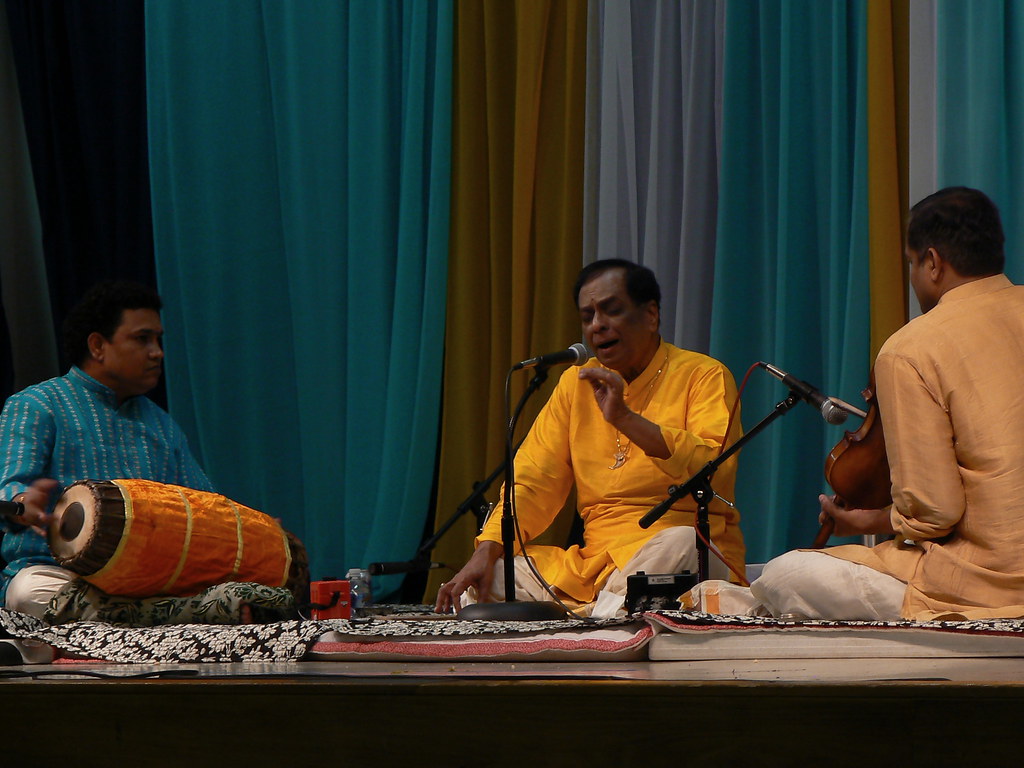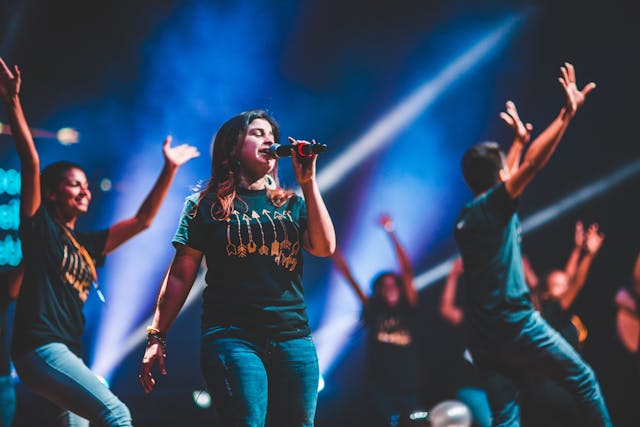Karnataka music, also known as Carnatic music, is one of the two major traditions of classical music in India, the other being Hindustani classical music. It originated in the southern regions of the Indian subcontinent, primarily in the present-day states of Karnataka, Andhra Pradesh, Tamil Nadu, and Telangana.
Here are some key features of Karnataka music:
- Ragas and Talas: Karnataka music is based on the concept of ragas (melodic modes) and talas (rhythmic cycles). Ragas are complex frameworks of musical notes that evoke specific moods and emotions, while talas are rhythmic patterns that govern the rhythmic structure of the music.
- Composition-Based Tradition: Karnataka music has a rich tradition of compositions, including varnams, kritis, javalis, padams, and tillanas. These compositions are composed in specific ragas and talas and serve as the foundation of the repertoire. Compositions are often attributed to renowned composers such as Tyagaraja, Muthuswami Dikshitar, and Syama Sastri.
- Vocal and Instrumental: Karnataka music encompasses both vocal and instrumental forms. Vocal music is the predominant form, often accompanied by instruments such as the violin, veena, mridangam, ghatam, and flute. Each instrument has its unique characteristics and techniques for expressing the intricacies of ragas and talas.
- Devotional and Expressive: Karnataka music has strong roots in devotional and spiritual traditions. Many compositions are dedicated to Hindu deities and express themes of devotion, love, and surrender. The music is deeply emotive and expressive, aiming to evoke a range of emotions in both performers and listeners.
- Concert Format: Karnataka music performances typically follow a structured concert format, starting with a varnam or other introductory piece, followed by progressively longer and more elaborate compositions. The concert culminates in a crescendo of improvisation and virtuosity, showcasing the skill and creativity of the performers.
- Guru-Shishya Parampara: Karnataka music is traditionally transmitted through a guru-shishya parampara (teacher-student lineage). Students learn directly from experienced musicians through oral instruction, imitation, and apprenticeship. This traditional method of learning emphasizes close mentorship and personalized instruction.
Overall, Karnataka music is characterized by its intricate melodies, rhythmic complexity, rich repertoire of compositions, and spiritual depth. It is a vibrant and dynamic musical tradition that continues to thrive in both traditional and contemporary contexts.
Created by Dream India Production







